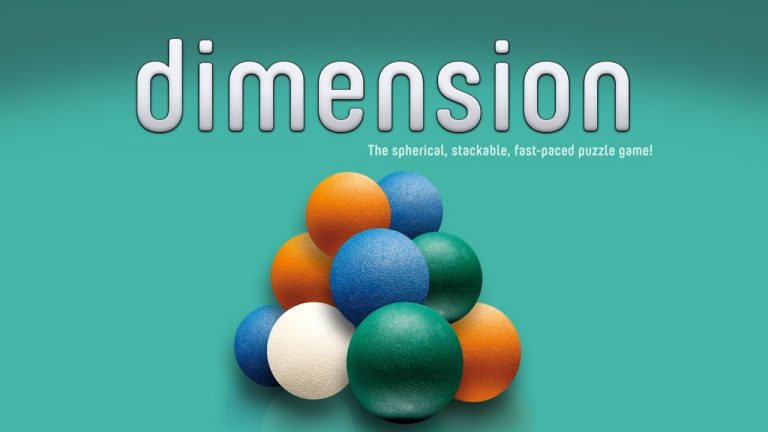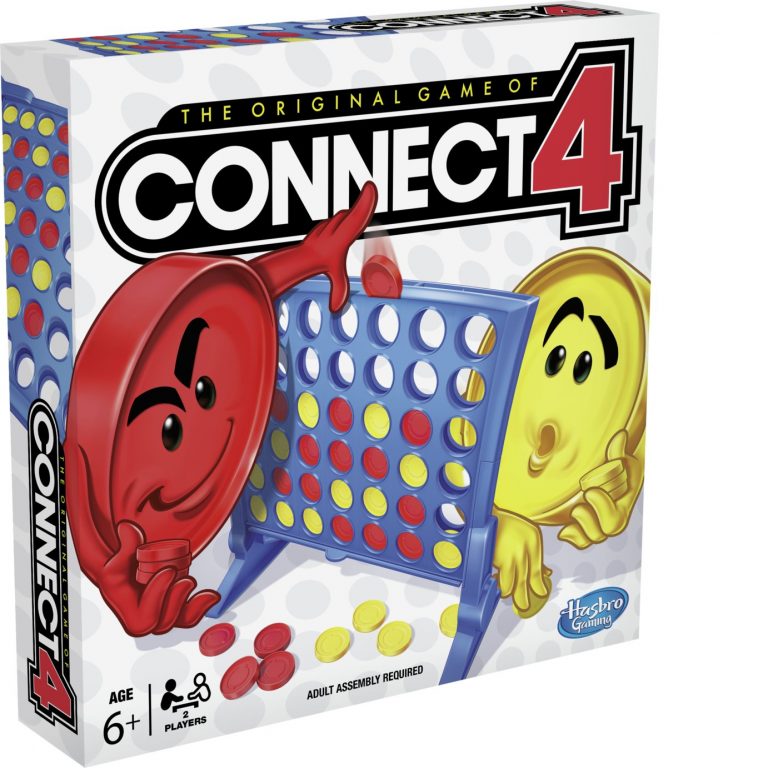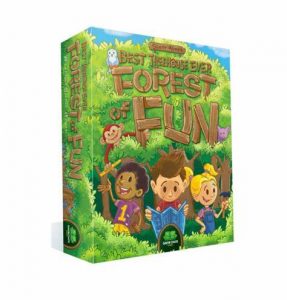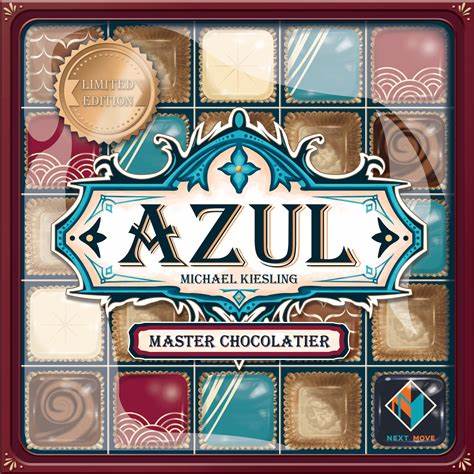
Dimension
In the puzzle game Dimension six task cards are laid out each round, with these cards dictating how the balls in the game should be stacked on top of one another and side to side. These challenges aren’t easy as some colors shouldn’t touch one another.
Fast puzzle-solving is important, but more than that in the end whoever solves the most of these difficult tasks wins.
Game Mechanics:
- Pattern Building
- Puzzle
Game Specifications:
- 1 – 4 Players
- ~30 Minutes
- Difficulty Weight 1.37






